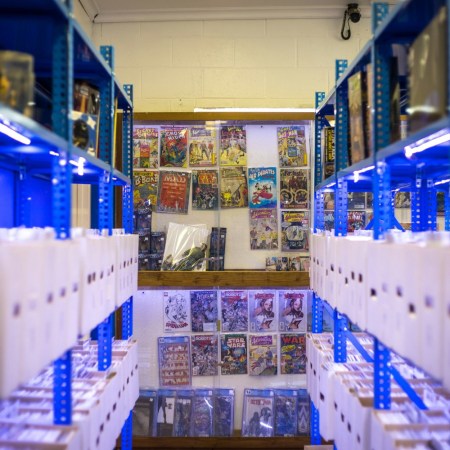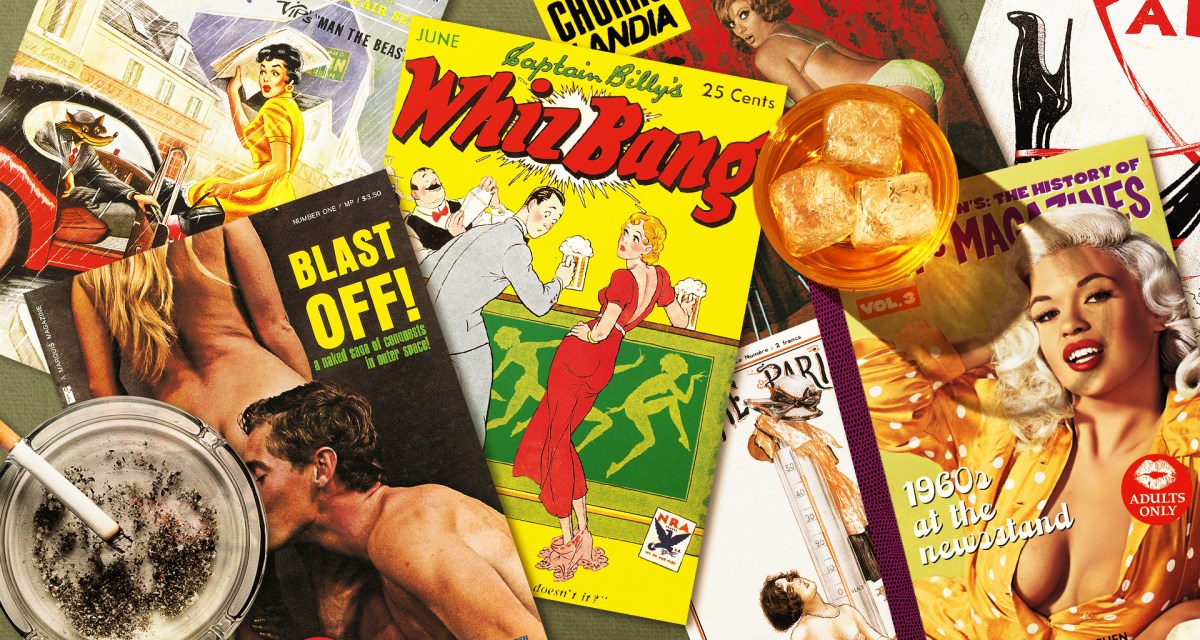
Take a Peek Inside the Bizarre and Titillating History of Men’s Magazines
Editor Dian Hanson talks about her new six-volume collection
Dian Hanson knows a lot about dirty magazines. It’s all part of the job.
Hanson is the editor of the six-volume History of Men’s Magazines, recently published by Taschen. The books offer a tour of much of the 20th century through the prism of, well, sex magazines — encompassing multiple nations and continents, and ranging in style from discreet to explicit. Taken in tandem with essays that explore the context of these magazines and the societies that informed them, it’s a compelling look at the many different forms desire can take.
When InsideHook spoke with Hanson, she described the genesis of these anthologies — which, in keeping with the history that informed them, also shed light on aspects of the modern world. “Benedict [Taschen] originally said, ‘Oh, maybe you should start around 1950,’” she recalled. “He thought that was when men’s magazines first debuted. But as I started collecting material, I just went further and further and further back.”
“You got all the pinup stuff of the 1940s for the war effort,” she continued. “But where did that come from? Well, there was a lot of spicy material that came out in the 1930s. Because during depressions, one of the things that really thrives is the sex industry. People are depressed, you know, they want fun.”
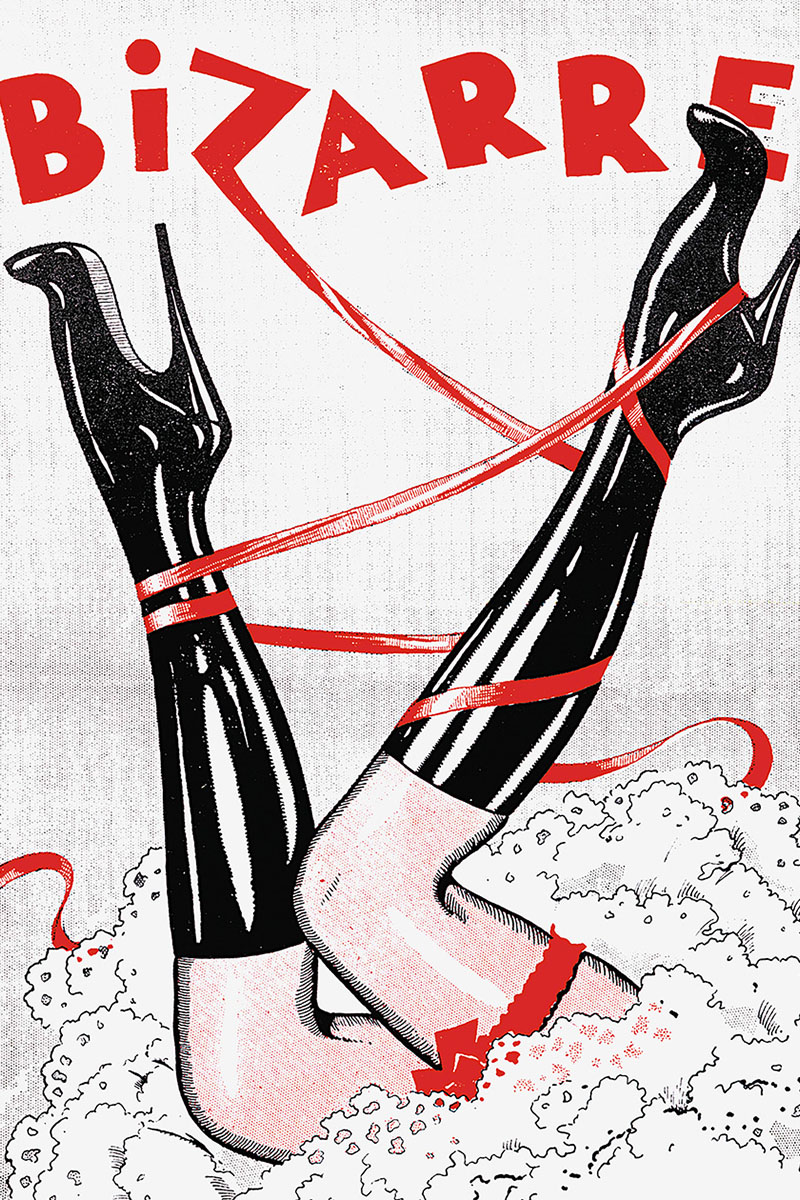
John Willie. Courtesy of TASCHEN.
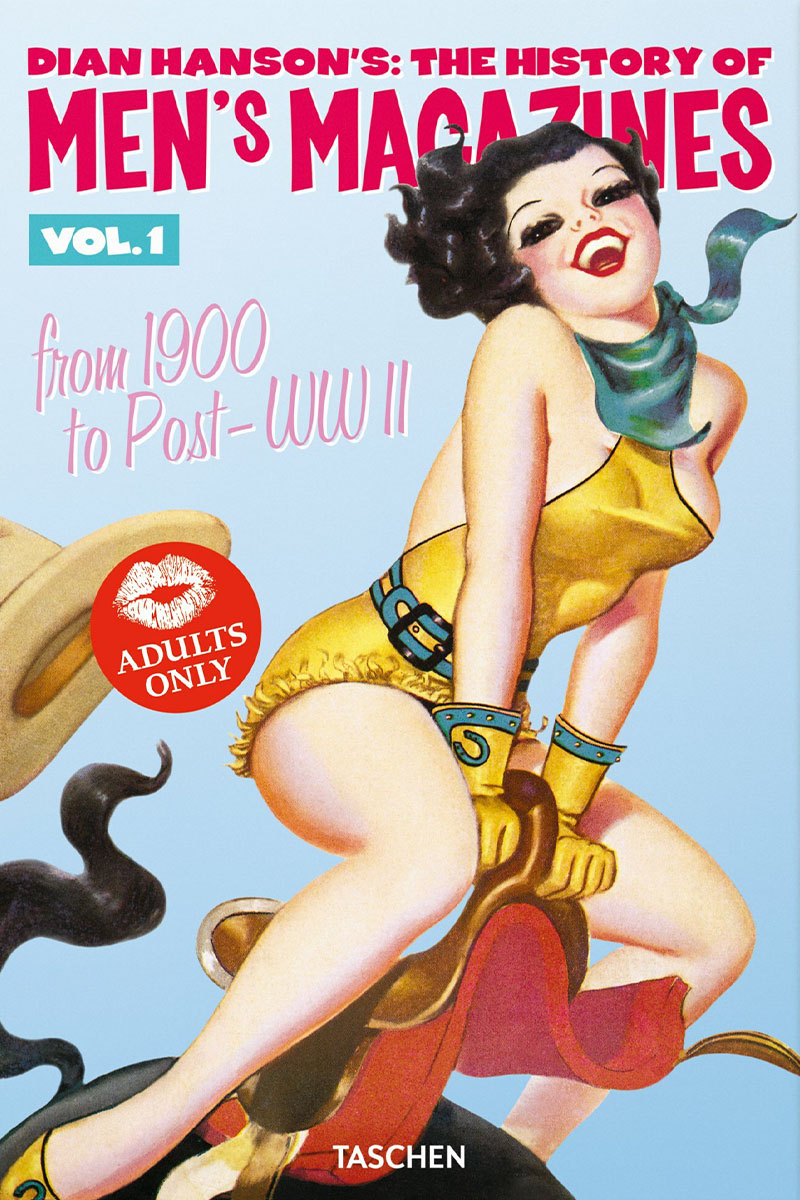
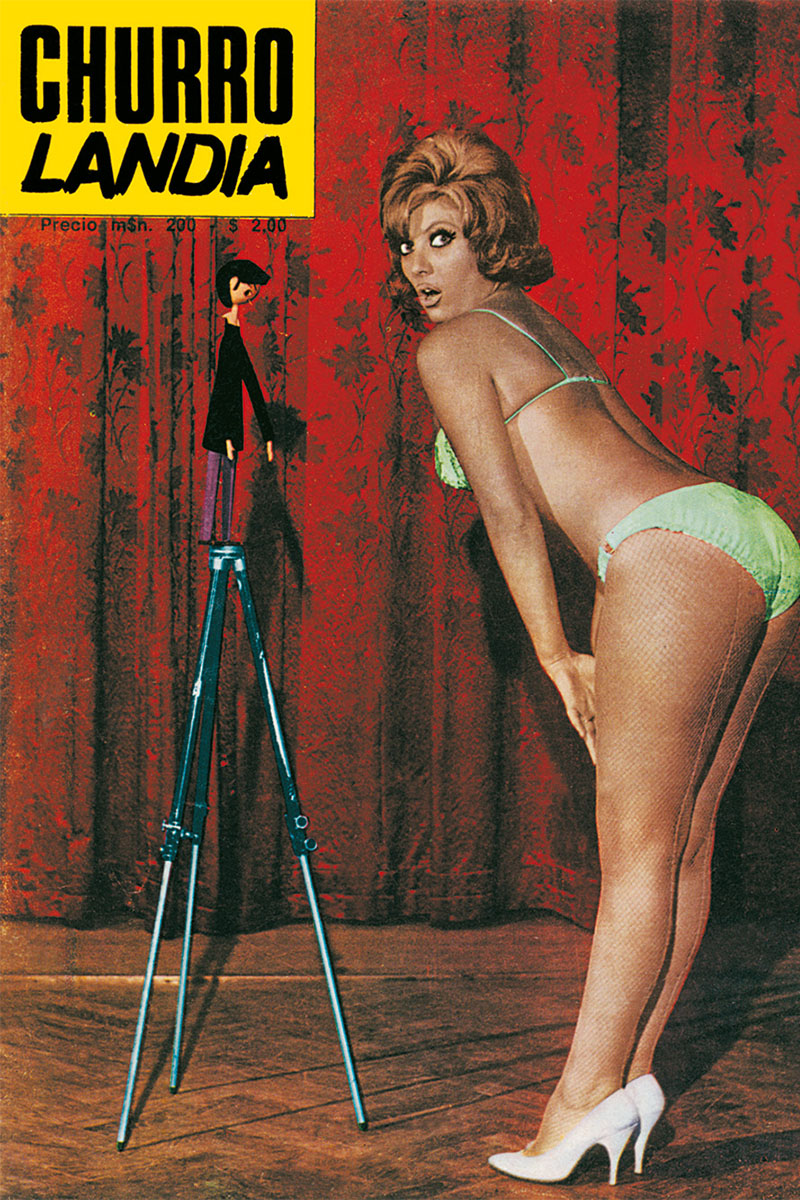
Gradually, the scope of the series expanded to encompass most of the 20th century. That brought Hanson to the next step — which is to say, finding archival materials for publications less likely to end up in a library’s permanent collection.
“The way I usually approach everything is I think back to all my contacts. I have known people going back to the ’90s who were collectors,” Hanson explained. “So I first originally contact my collectors — these are people who collect and sell for the most part. I went straight to eBay, of course,and started buying stuff, which is the fun part of it.”
That last avenue seems to be closed off for future projects. As Hanson explained, a 2021 policy change from eBay banned the sale of most adult materials — and a look through these six anthologies makes it clear why many of the magazines collected inside would not fly under the new regulations.
Four of the six History of Men’s Magazines focus on the 1960s and 1970s, with each decade given distinct “newsstand” and “under the counter” volumes as well. In our conversation, Hanson offered some valuable historical context for the latter. “Everyone who wanted this material found out where the bookstores were, and that if you asked for it, there would be a selection,” she said. “And so it was literally under the counter. The things that were originally under the counter were fetish materials, gay materials — whatever would get you arrested.”
By contrast, Hanson explained, “The newsstand was the stuff that you were not going to get arrested for.”
“A lot of this goes back to the Mob. The Mob made all this possible because only the Mob could afford to pay off the police, who are notoriously corrupt in New York,” she added. “They could pay off the police to keep these stores and these businesses in operation. So basically, the people who were selling the material were also creating the material.”
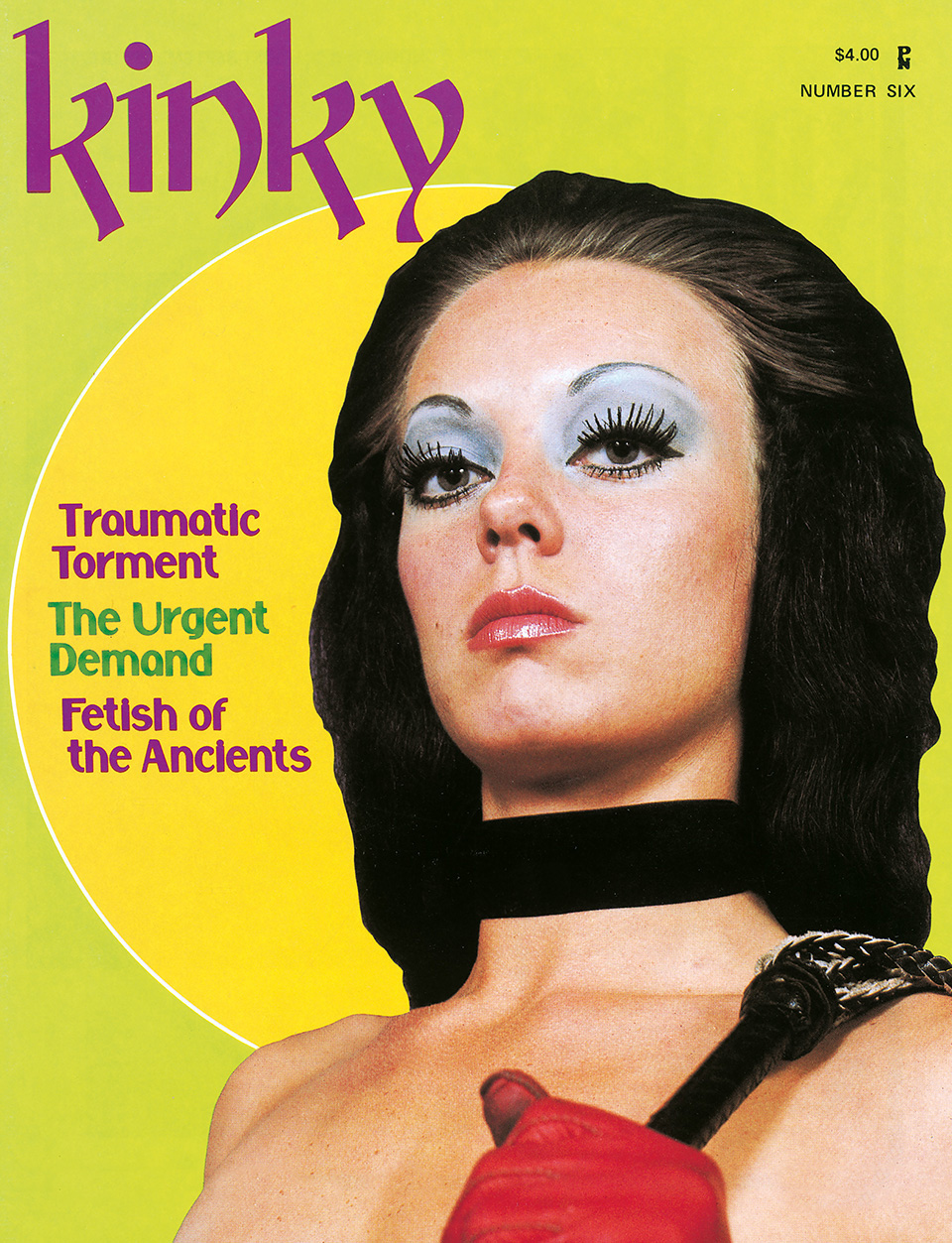
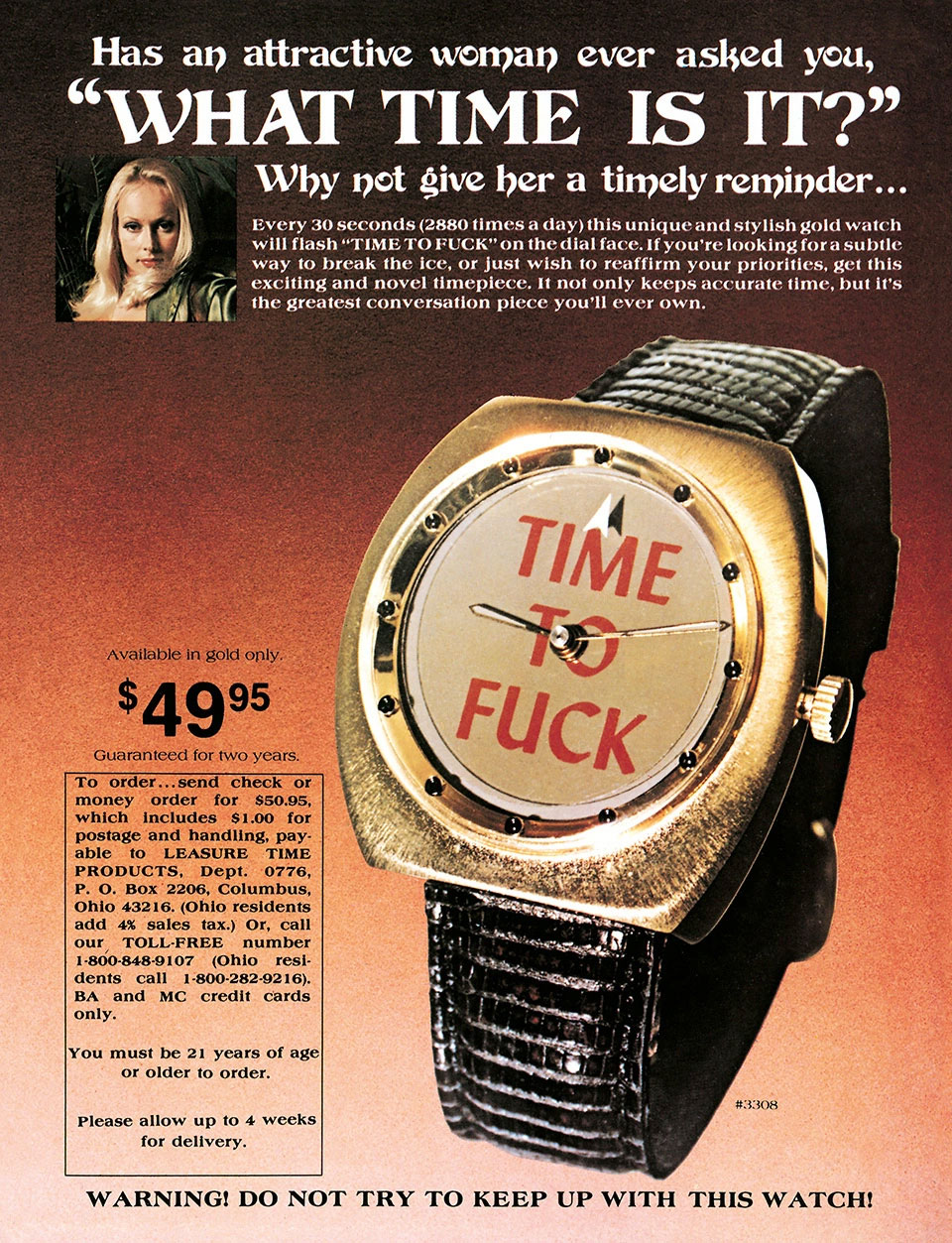
As Hanson argued, this isn’t just about one industry — it’s about societal mores and how they change over time. “When you break it down, whatever was there in the 1960s and 1970s in ‘newsstand’ and ‘under the counter,’ the newsstand represented what society would accept at that time,” she said. “That’s an interesting idea in itself, to show what we culturally could accept and what we could culturally consider defensible in that period. The under-the-counter books represent what was not considered culturally defensible.”
Given that these books encompass work from the United States, France, Japan, Turkey and elsewhere, that’s a lot more sociology and history than you might expect from anthologies of men’s magazines. But that’s also what’s so interesting about this project. “The thing that showed up over and over is that society dictates sexuality more than we might think, but also sexual materials dictate society’s approach to morality,” Hanson said. “They play off each other, back and forth. That this isn’t just some little niche thing over here. It’s very very intertwined with the larger cultural picture.”
The international scope of the project also put Hanson in contact with pre-World War II magazines she’d never seen before. “You don’t ordinarily run into the kind of stuff that was coming out of France — these absolutely beautiful high production value magazines with gold leaf on the covers and gorgeous illustrations mixed in with photographs by top photographers,” she recalled. “A lot of it coming out of Paris was also connected with Weimar Berlin, and the magazines that were also being made by Magnus Hirschfeld, you know, the first great sex researcher whose Institute was gutted in 1933 by the Nazis for their book burning.”
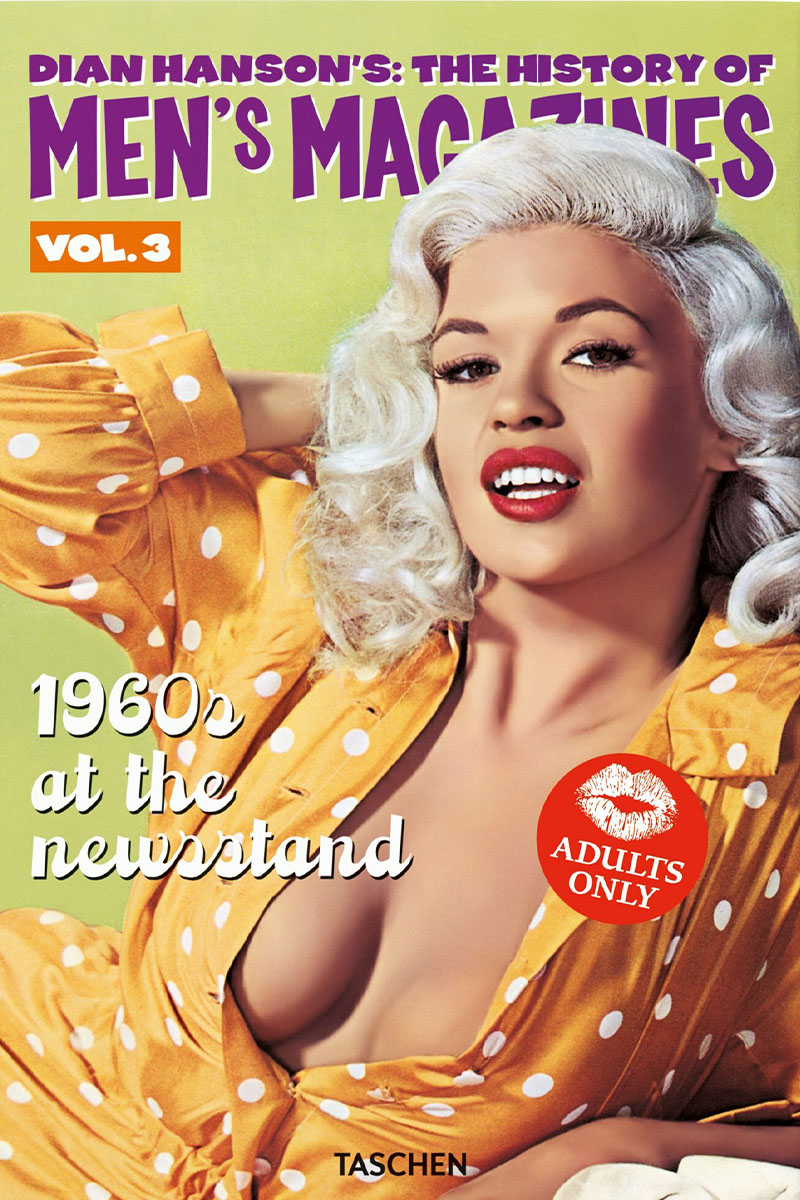
Hanson made the case that many of the men’s magazines produced in the 1960s and 1970s represented ways for people to find like-minded communities. “Do you know Straight to Hell magazine?” she asked. “This was a guy who really liked dangerous men and so he had a fringe gay sexuality, and he made this magazine just so he could connect with others and feel better about the things that he was hating himself for.”
It’s a phenomenon that Hanson has seen in many different ways. “Robert Crumb always drew these huge women. And he said the reason he drew these huge women was because he liked them and he never saw them represented anywhere,” she said. “He hoped that if he published this, that he would hear from others who liked it and he would feel more validated in his choices.”
The History of Men’s Magazines also ventures into some even more DIY zines that appeared in the second half of the 20th century. That clicks neatly with the community aspect of men’s magazines, a subject Hanson returned to a few times over the course of the conversation. “Other people make zines on non-sexual subjects, but it helps them to build a community,” she said. “Now the community is TikTok, the community is Twitter, the community is a Reddit subgroup. It’s the same thing. They are all, in effect, little zines.”
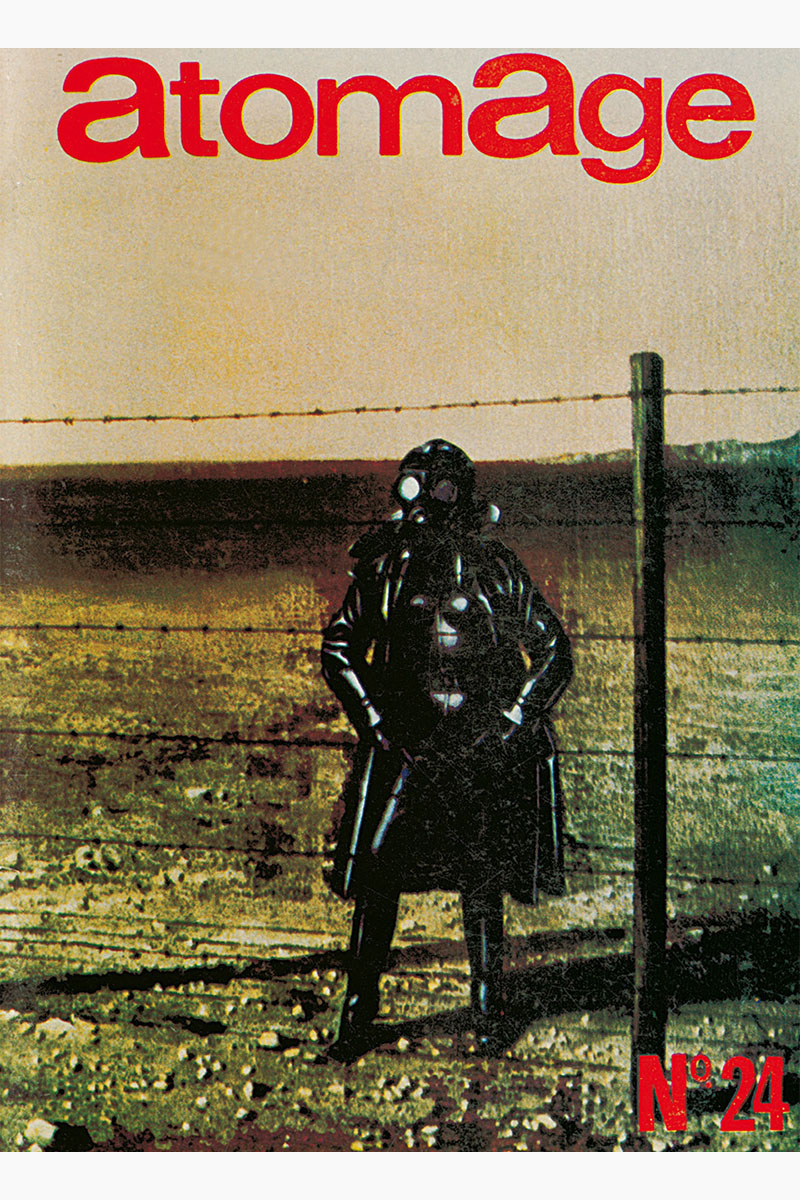
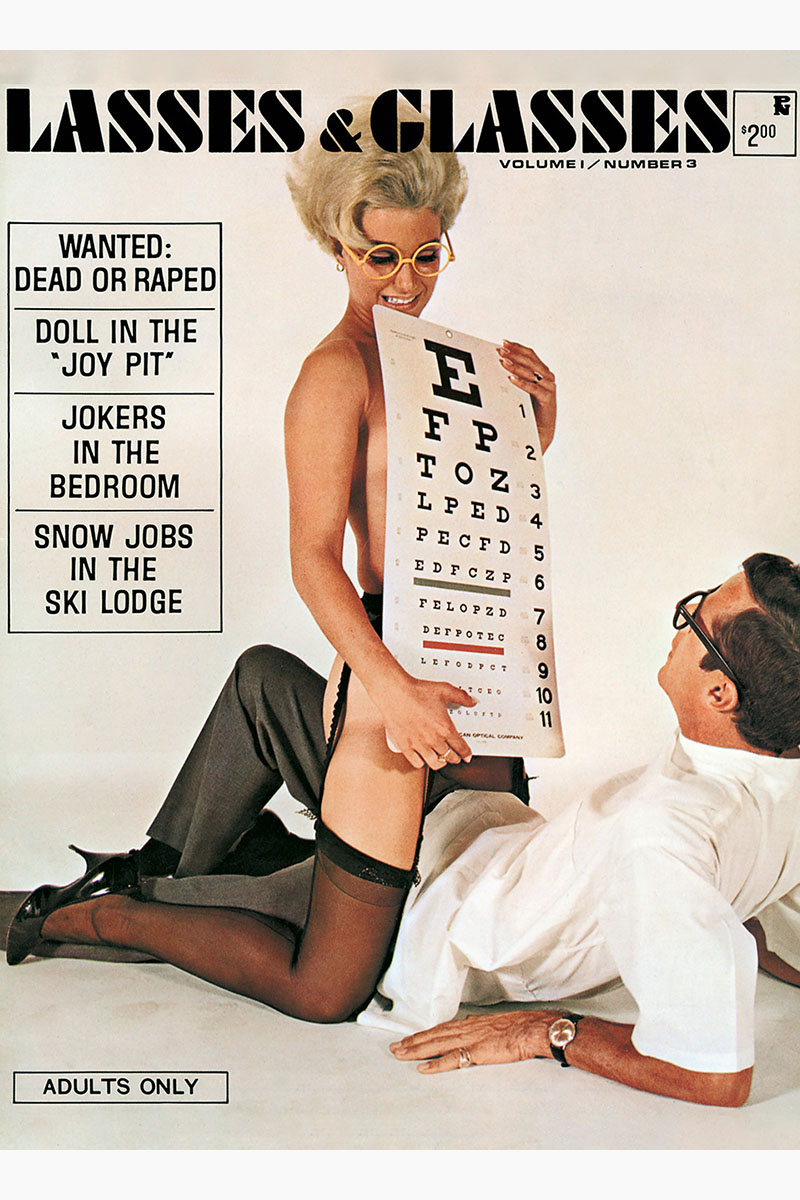
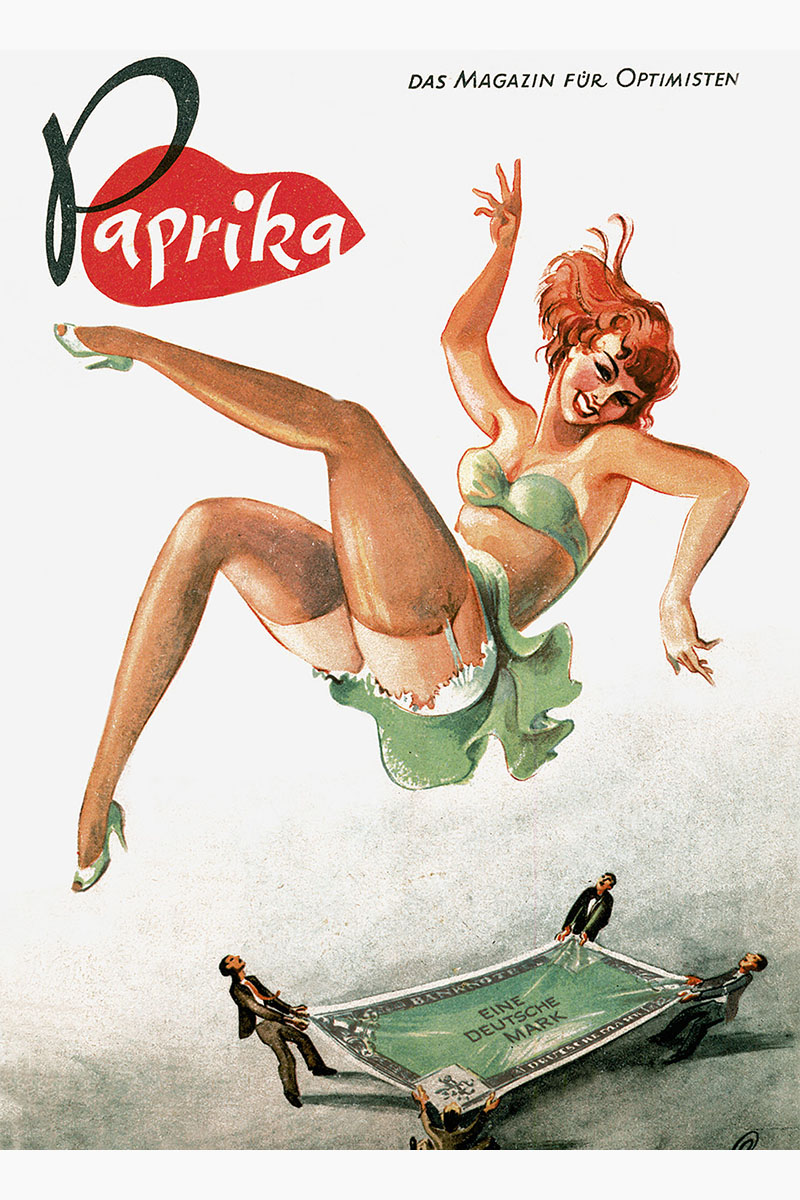
As for why the series ends where it does, it’s something that lines up with Hanson’s own experience editing men’s magazines, as the 70s led to greater freedom for publishers. “We really didn’t know what all people were going to be interested in, so we were free to make magazines like that. Like, let’s see if people are attracted to fat people. I know it just seems crazy today, but you didn’t have magazines with Black people. You didn’t have magazines with Latinos. [Publishers] just assumed the readership was white and if the readership wasn’t white, well, they wanted white people anyway.”
“We were learning month to month by putting these things in magazines what was true and what wasn’t true,” she continued. “And you would learn how big this audience was — that there was a big audience for all different races and ethnicities. There was a huge audience for this. That was a wonderful thing.”
By the 1980s, Hanson explained, that freedom had given way to something more staid. “ In the ’80s, it became corporate. They figured out through the 1970s what they could do legally. They figured out what the best sellers were. It became formulaic,” she said. ”I continued with my career and worked through that period, but it was getting increasingly boring to be told, ‘No, you can’t do that. This is what sells, we have to do it this way.’”
That helped to shape her own career. “That is why, when I got the opportunity in 1987 to do a couple of more fetishistic magazines — Jugs and Leg Show — I jumped at that,” she said. “They allowed me more freedom to create again and to explore these niche markets and expand them — because otherwise it was just getting deadly dull.”
At their best, men’s magazines can be anything but dull — and Hanson’s new anthology offers a fascinating look at one industry’s evolution.
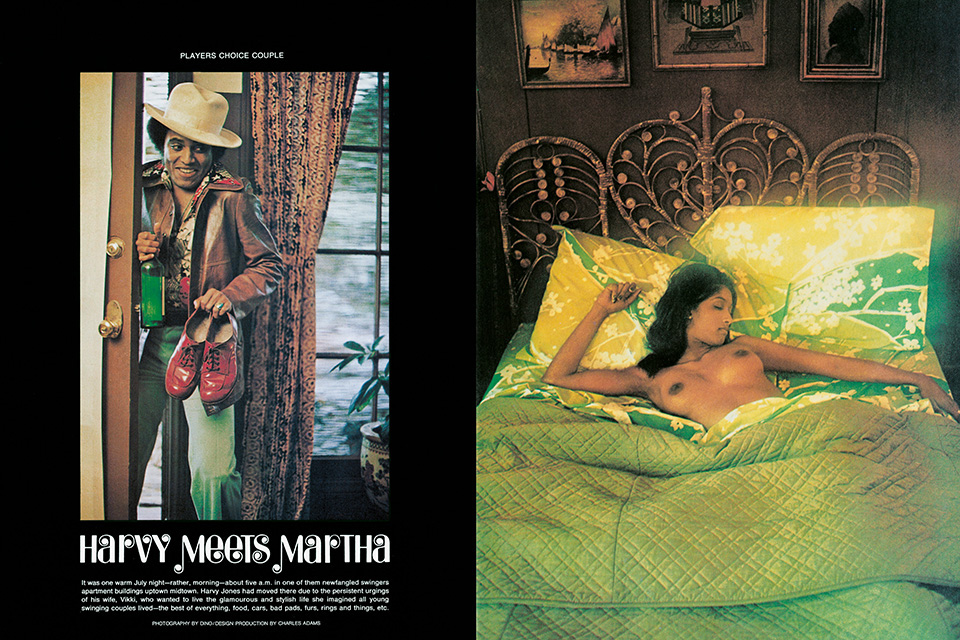
The Charge will help you move better, think clearer and stay in the game longer. Subscribe to our wellness newsletter today.
